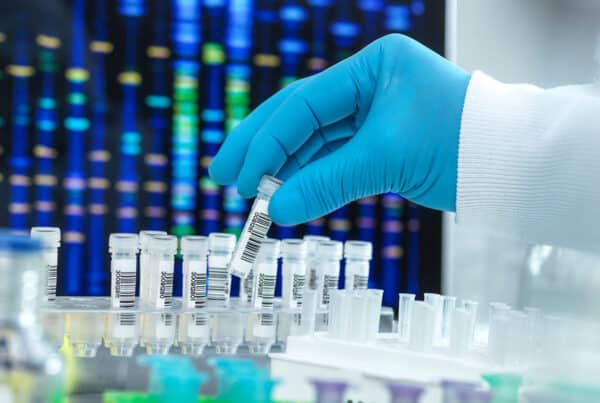Addiction at the C-Level
Most companies have a variety of safeguards and backup systems in place to manage potentially devastating situations, like a data breach, fire, lawsuits or product failures. Most of these companies also protect individuals through health and life insurance, savings plans, vision care, counseling and more.
But there’s one problem that can strike individuals and cause major business problems at the same time – addiction. If one of a company’s valued C-level employees starts losing his or her battle with drug or alcohol addiction, it can have a major impact on the company’s bottom line. Even more important, it can be a matter of life and death.
Particularly Prone
The leaders among us – C-level employees and the like – are among the most driven and successful in our society today. Faced with important decisions, high-profile meetings and plenty of work-related travel, they’re also among the most stressed. Combine that with an increased number of opportunities to abuse alcohol or drugs – events, conventions, dinners, conferences and happy hours – and it’s no surprise that a higher percentage of these high achievers are drug or alcohol abusers (or both). At Enterhealth Ranch, in fact, 50 – 60% of our patients are individuals at the executive level in their careers.
The Cost of Addiction
With lost productivity, absenteeism and higher health care expenses, addiction costs corporate America billions of dollars a year. Addiction at C-level can ruin careers, divide families and completely destroy a person’s physical and mental health. It’s estimated that about 10% of employees in any given company struggle with alcohol or drug abuse. These cases of addiction in the workplace, however, are sometimes hard to detect.
Usually, C-level executives are surrounded by a team of assistants that help them manage projects, as well as their daily workload. For this reason alone, they may continue to achieve goals and targets at work, while their home life may be completely unraveling. According to Hal Urschel III, MD, Enterhealth Chief Medical Strategist, this pattern is fairly common. “At Enterhealth, most executive level patients come to us only after their addiction has disturbed the normalcy at home,” said Dr. Urschel. “At work, interestingly, the addict’s counterparts are there to step in and pick up the pieces, masking the warning signs of a much-needed intervention. Companies need to have an executive treatment plan in place for the moment a hint of trouble is detected, or it can be devastating for all involved.”
Getting Personal
The good news is that Enterhealth has developed an executive treatment or executive rehab plan that works. Our treatment is based on the latest scientific research from the National Institutes of Health that defines alcoholism and drug abuse as a chronic – but treatable – brain disease. For executives concerned that their addiction is the result of a moral flaw or lack of willpower, this is comforting news.
We developed a science-based set of treatments and protocols that are three times more effective than traditional twelve-step treatment programs. We begin with a complete medical and psychological assessment, leading to the creation of a personalized drug and alcohol addiction treatment plan. Our team of board-certified physicians, psychiatrists and clinicians use psychological evaluations, medication and psychotherapy – along with other scientific, medical breakthroughs – to reduce cravings and give time for the brain to heal.
Putting a Plan in Place
Approaching a C-level executive about suspicions of alcohol or drug abuse probably sounds like an uncomfortable conversation, even for senior level managers. Unfortunately, the reality is addiction is a life threatening disease that cannot be ignored. For the good of this person, and the organization’s investment in him or her, having an action plan in place and a relationship with the right treatment provider before it’s needed – an effective luxury executive rehab center – simply makes sense.
Companies and their most valuable assets need to be protected.



